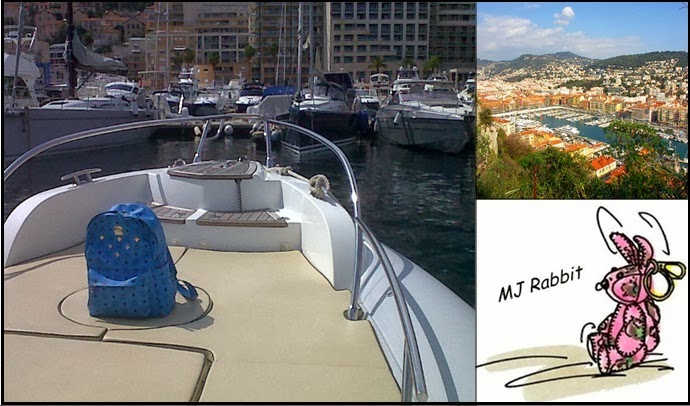To mark the 75th anniversary of the Battle of Britain,
Christopher Ward is to launch one of the most significant watches
in its history. Commemorating the
Supermarine Spitfire fighter aircraft, the new Swiss-made limited-edition watch incorporates a piece of that history – a fragment of original aluminium
alloy from the oldest and most historically significant airworthy Spitfire to
have flown in the battle. Retailing at £3,495 ($4,800), the new C8 P7350 Chronometer comes in a 75-piece limited edition.
The P7350 is the only Spitfire still flying that took part
in the Battle of Britain. The metal was retrieved by Christopher Ward’s
historic metal partner, TMB Art Metal, following restoration work on
the plane in 2008 carried out by the Battle of Britain Memorial Flight.
 |
| Christopher Ward's C8 P7350 celebrates the Spitfire fighter aircraft |
Cockpit clock inspires watch design
The design of the 44mm C8 Chronometer is based on the
Smith Mk II A clock that was used in P7’s cockpit, including a careful matching
of the original index fonts and colours and the black, anti-reflective case.
The SuperLuminova SLN C5 and T-C1 paints use green and blue emissions,
respectively. The back of the watch reveals a piece of metal from the
P7’s cockpit protected by scratch-resistant, museum-grade sapphire crystal. A
silhouette of the plane’s plan has been precision-cut into the metal, showing
the registration and elliptical wing formation to great effect.
Powering the C8 P7350 is a small-second, hand-wound
version of Christopher Ward’s ground-breaking in-house movement, Calibre SH21,
launched in July 2014. As well as providing 120 hours of power via SH21’s twin
barrels, each movement is a certified COSC chronometer. The watch has a leather
strap with CW motif buckle.
Mike France, co-founder of Christopher Ward, said the C8
P7350 emerged from the company’s long-standing ambition for the brand: “As a
personally held passion among the Christopher Ward team, we have had a
long-established obsession to create an authentic, fitting and original
commemorative aviation watch linking to the Battle of Britain and to the
Spitfire, in particular. Working with our partner TMB Art Metal is always
something of an adventure and we were delighted with the discovery that the
P7350, a true veteran of the Battle of Britain, was made available during the
BBMF’s 2008 restoration. It’s a rare privilege to find an opportunity to use
history in this way.”
Adding to the special nature of this watch, Christopher
Ward has arranged with the Battle of Britain Memorial Flight team for the 75
limited-edition models and their fragments of P7350 to take to the skies as
part of a Spitfire flypast on June 18 2015. The flypast is the centrepiece of a
Battle of Britain commemorative evening at Bentley Priory, home of the Battle
of Britain Museum in the London borough of Stanmore. From the pre-order list of
customers for the new model, the company will be inviting two customers and their
guest to attend and be presented with their numbered, limited-edition watch.
New C7 Rapide
Chronometer Limited Edition
In other news, Christopher Ward has expanded its motoring collection
with the new C7 Rapide Chronometer Limited Edition. The new COSC-certified model
is powered by the thermo-compensated ETA 251.264 quartz movement and only 500
pieces are available, retailing from £599 to £650.
 |
| C7 Rapide Chronometer Limited Edition |
Highlights of the timepiece include the deep cross-hatch
engraving used on the crown and chronograph controls, combining ergonomic
effectiveness with design clarity. The sub-dials on the multi-layered precision
black dial capture minutes, seconds and tenths (from left to right,
respectively), while the watch’s tachymeter provides on-track timekeeping. The clear
dial is completed by the brand’s signature circular date window positioned at
the four o’ clock position.
Each model is engraved with an individual serial number and is presented on an Italian leather strap, including red leather lining and the Bader deployment. Models with a black natural rubber or a stainless steel adjustable bracelet option are also offered.
“The new C7 Rapide Chronometer retains the essential
design DNA of the Rapide family but now brings COSC-certified timing precision
to the C7 collection,” said Mike France. “We are constantly striving to deliver
unprecedented quality at all price levels and this launch is a stunning
combination of the Rapide’s exciting motoring heritage with exceptional
engineering and I’m confident that it will delight anyone with a
passion for motoring.”





